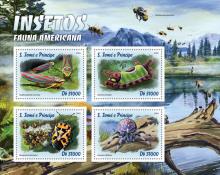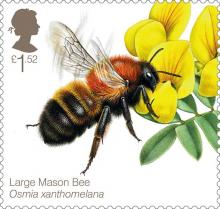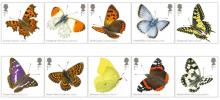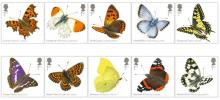Schmetterlinge sterben aus
- Read more about Schmetterlinge sterben aus
- Log in to post comments
Zitronenfalter, Birkenspanner oder Kleiner Kohlweißling: Sind wir in unserer Kindheit im Frühling noch ganz idyllisch von ihnen begrüßt worden, hält man mittlerweile vergebens nach ihnen Ausschau. Zitronenfalter und Großes Ochsenauge könnten bald ausgestorben sein: Immer mehr Schmetterlingsarten verschwinden. Seit 1990 sind 50 Prozent aller Tagfalter-Arten in Europa verschwunden, 80 Prozent stehen auf der Roten Liste der bedrohten Tierarten.










